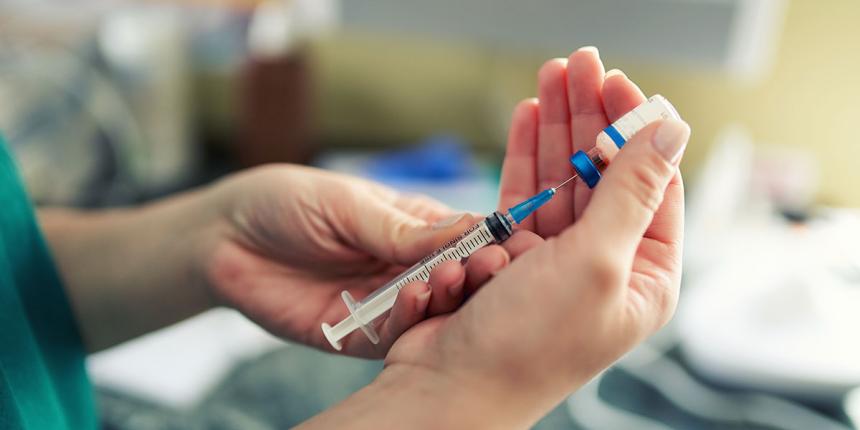J&J COVID Vaccine Paused Over Blood Clot Concerns

Updated on April 28, 2021
The federal government has given states the green light to readminister the Johnson & Johnson single-shot COVID vaccine. On April 13, the Food and Drug Administration urged states to pause giving the vaccine after six women developed dangerous blood clots.
The FDA along with the Centers for Disease Control and Prevention lifted the pause and said the known and potential benefits of the J&J vaccine outweigh its known and potential risks.
The risk of blood clots from the J&J vaccine are extremely rare, the FDA said. At the time of the pause, nearly 7 million doses had been given.
The type of blood clot the women had is called a cerebral venous sinus thrombosis (CVST). The women who developed a clot were between the ages of 18 and 48, and symptoms occurred six to 13 days after vaccination.
While blood clots can commonly be treated with drugs like the anticoagulant heparin, this version of CVST was seen in combination with low levels of blood platelets – referred to as thrombosis with thrombocytopenia syndrome (TTS) – a very serious condition. Platelets are types of clear blood cells that stop bleeding by clumping and forming plugs in blood vessel injuries.
After reviewing all the available data, the CDC found that the vaccine’s benefits outweigh its risks but advises women younger than 50 to be aware of the increased risk for developing an adverse event, such as a CVST blood clot.
If you receive the J&J vaccine and develop severe headache, abdominal pain, leg pain or shortness of breath within three weeks after vaccination, contact your physician or healthcare provider.
The J&J vaccine has advantages over vaccines from Pfizer and Moderna. It does not require the level of cold storage, and because it only requires one dose, it is easier to give to people who are homebound or in remote areas.
As of April 26, 231 million total doses of COVID-19 vaccines have been given in the U.S. and 95.8 million Americans have been fully vaccinated.
